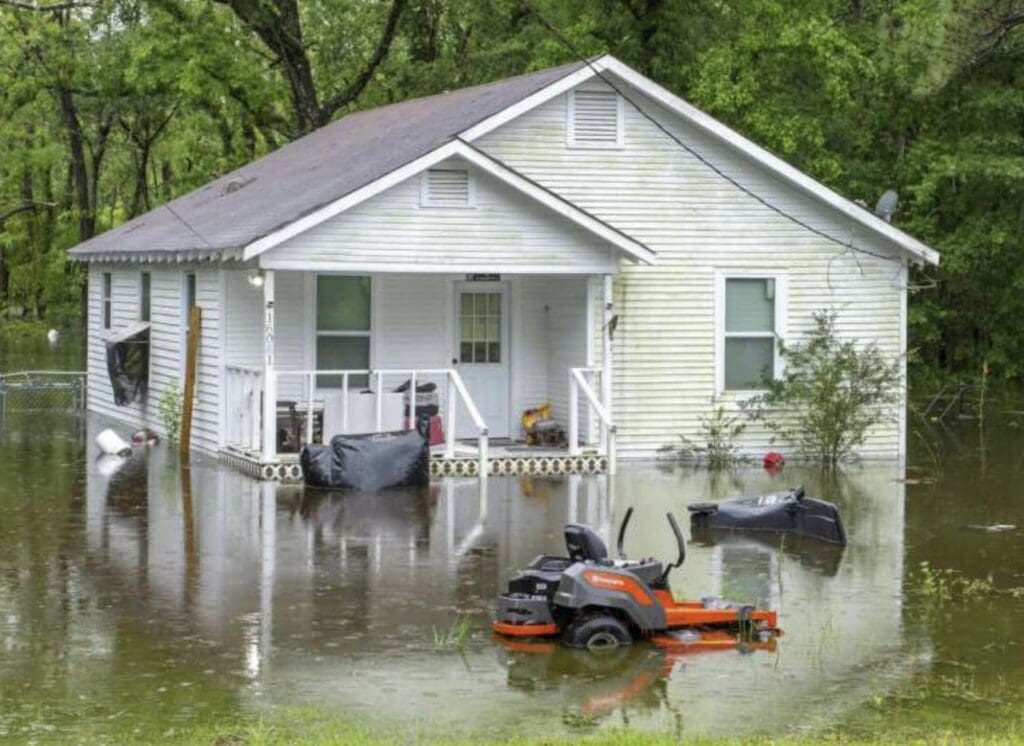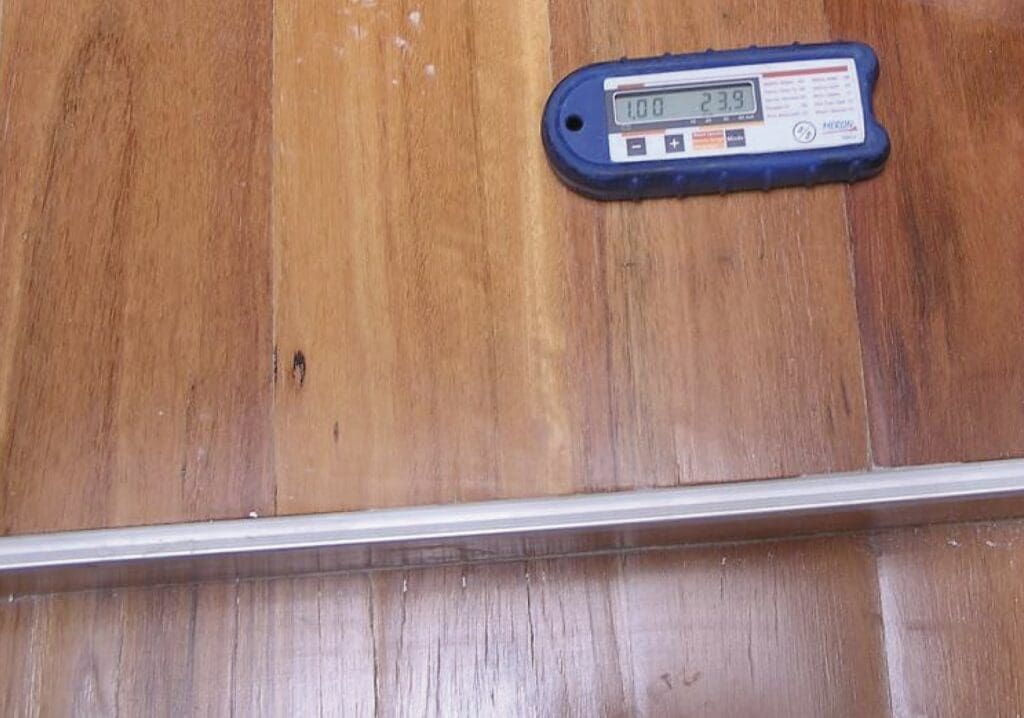Weather Related
TIMBER FLOORS IN DRY TIMES
In many localities throughout Australia there are those times of the year when skies are blue and a warm wind prevails. However, it can also be at these times when you hear on the news about bush fires or drought conditions and you see your lawn browning off and feel your lips starting to crack. I know at this time it’s certainly getting dry.
Well, I wonder what effect this is having on my timber floor. I also notice that some trees and shrubs are also doing it a bit tough as leaves drop off and really my timber floor is just another natural product that will also be influenced by these dry weather conditions. Yes, what I am seeing are gaps that are getting wider and surprise, surprise a few more gaps that weren’t there a week or so back. I take a casual look at the humidity meter and raise my eyebrows when I see 20% and think to myself, didn’t expect it to be that dry.
So let’s take a look at weather patterns and the conditions within our dwelling to understand what is happening with our floors.
The relative humidity is a measure of how dry the air is and the lower the value the drier the air.


ACCLIMATISATION OF TIMBER FLOORING
Timber is a natural product that is hydroscopic, which means that it responds to changes in weather conditions by absorbing moisture from the air under high humidity conditions and conversely releasing moisture back into the air under dry or low humidity conditions. With the changing seasons, this occurs in a cyclical manner. The resulting change in board moisture content causes solid timber floorboards to shrink and swell in their width. Engineered flooring and laminate flooring will also expand and contract – in both width and length – however the degree of movement is significantly less than with solid timber flooring due to their constructions.
Although seasonal movement in timber-based flooring is quite small and not observable on a day-to-day basis, the movement over a few months can be quite significant and needs to be accommodated for during the installation process by adding expansion allowance and movement control joints. Heating and cooling systems, affecting both the internal temperature and humidity, will also bring about changes to the internal dwelling climate and generally have the effect of moderating internal conditions, if not used excessively.
As such, timber flooring products will adjust their moisture content to be in equilibrium with the humidity and temperature conditions within a building, prevailing at the time. Solid timber flooring is said to adjust towards the Equilibrium Moisture Content (EMC’s) range of the environment inside the house or building. The adjacent diagram, for solid timber flooring, shows the general relationship between moisture content, relative humidity (RH) and board width. At 25ºC and 60% RH the EMC is 11% and at 25 ºC and 80% RH the EMC is 16%. If the moisture content of solid timber floorboards at the time of installation is higher or lower than the in-service EMC, then the floorboards will either release or absorb moisture to approach the EMC and when this occurs there will be either shrinkage or swelling after installation, as also indicated in the diagram by a change in board width.

GAP MINIMISATION IN HOT DRY WEATHER
The laying of a timber floor and when it is subsequently sanded and polished is often dictated by the building schedule and due to this the effects of seasonally hot and dry weather conditions are at times not duly considered. This situation is further exacerbated if during these times the house is unoccupied and locked up for an extended period. This information sheet explains what happens under these conditions and how problems may be alleviated.
WHY SHRINKAGE GAPS OCCUR
The diagram shows the relationship between the air relative humidity, board moisture content and board width. As conditions become drier due to lower air relative humidity, moisture is released from the boards, board moisture contents reduce and the boards shrink. This is a natural process. The consequences of this are that gaps will appear at board edges and greater shrinkage may occur at the exposed upper surface resulting in boards cupping. Temperature has two effects. Firstly, high temperatures within a house will lower the relative humidity making the air drier and secondly high floor temperatures make it easier for the moisture in timber flooring to be released to the air.


FLOOD INUNDATED TIMBER FLOORS
This information is provided for guidance when a timber floor has been inundated with mud and silt laden water typical of what has occurred in Queensland in January 2011. It does not apply to inundation from sea water and is limited to appearance of performance aspects of the exposed flooring product.
Ensure your property is in a suitable condition before considering entering.There are safety, health and structural building issues to be considered. Refer to HIA Information sheet SOME GUIDANCE ON THINGS TO CONSIDER WHEN RETURNING TO FLOOD AFFECTED AREAS.
No home should be re-entered without a licensed electrician having confirmed that it is safe electrically. For those insured also check with the insurance provider before entering or making any changes to the property. Photograph and record the conditions.


